The veterinary world has been crystal clear on this topic for decades, yet myths persist. There is no medical reason not to spay or neuter your cat. Still, concerned cat owners continue wrestling with questions about necessity, timing, and potential drawbacks of these procedures.
This debate touches something deep in us – our instinct to protect our feline companions from harm. Yet the overwhelming scientific evidence points toward spaying and neutering as essential healthcare decisions, not optional ones. Spaying and neutering helps your cat live a healthier, longer life.
Understanding What Spaying and Neutering Actually Involves
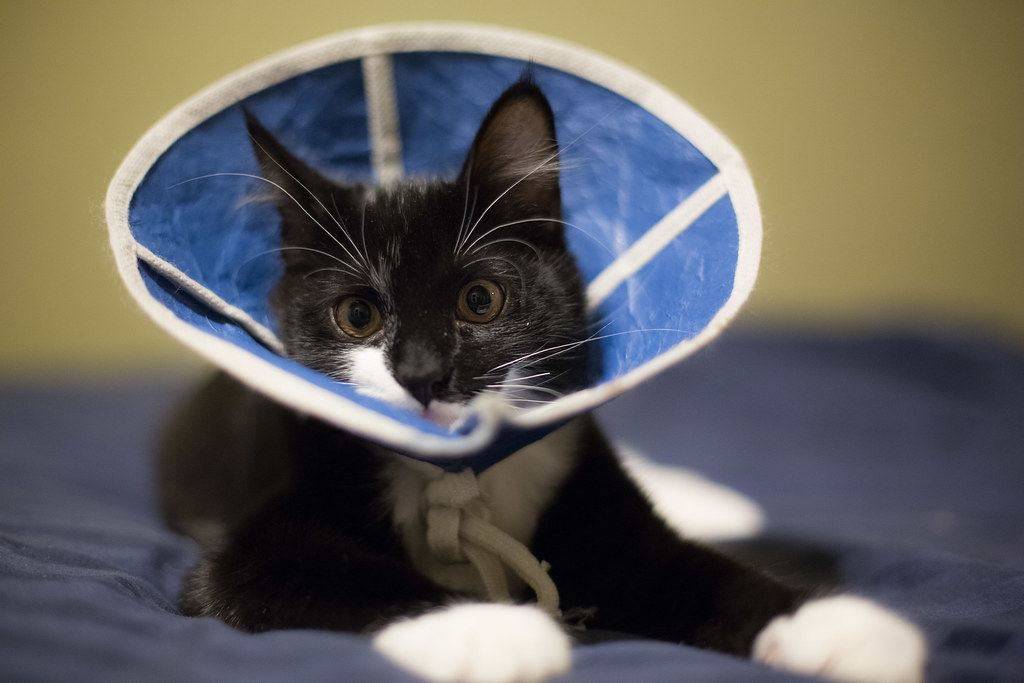
Spaying refers to removing a female cat’s uterus and ovaries, technically called an ovariohysterectomy. This procedure completely eliminates her reproductive capacity. Neutering is the sterilization of a male cat by removing his testes through a small incision in his scrotum.
During a spay surgery, a cat is under anesthesia for 15 to 45 minutes and under the care of a skilled veterinarian. The process is far more routine than many owners realize. While both spaying and neutering are major surgical procedures, they are also the most common surgeries performed by veterinarians on cats and dogs.
The Health Benefits Are Scientifically Proven

The cancer protection alone makes spaying worthwhile. When spayed before the first heat cycle, there is a significant reduction in the risk of mammary cancer. The protective effect decreases with each heat cycle and no benefit is seen if the spay performed after 2 years of age.
Spaying also prevents an infection called pyometra – where the uterus becomes filled with pus. This life-threatening and emergency surgery must be performed to remove the uterus. The statistics are startling: Spayed cats typically live longer than unspayed cats due to reduced disease risks.
For male cats, the benefits are equally compelling. Just as spaying a female cat greatly reduces the risk of reproductive cancers, neutering a male cat prevents testicular cancer because that organ has been removed. Neutering males can eliminate their risk of testicular cancer and reduce their risk of developing enlarged prostate glands (known as benign prostatic hyperplasia).
Behavioral Problems That Disappear After Surgery

Think urine spraying is just part of cat ownership? Think again. Neutering a male cat can significantly reduce the desire to roam. Neutering a cat reduces or eliminates the urge to spray, and if they do, the scent should be much more mild.
Not only will an intact male cat be looking for prospective mates, but they will also fight other male cats to establish dominance. This can lead to abscesses, bite wounds, and lacerations requiring expensive veterinary care. Female cats in heat create their own chaos through constant vocalization and attempts to escape.
The Myth About Weight Gain Needs to Stop
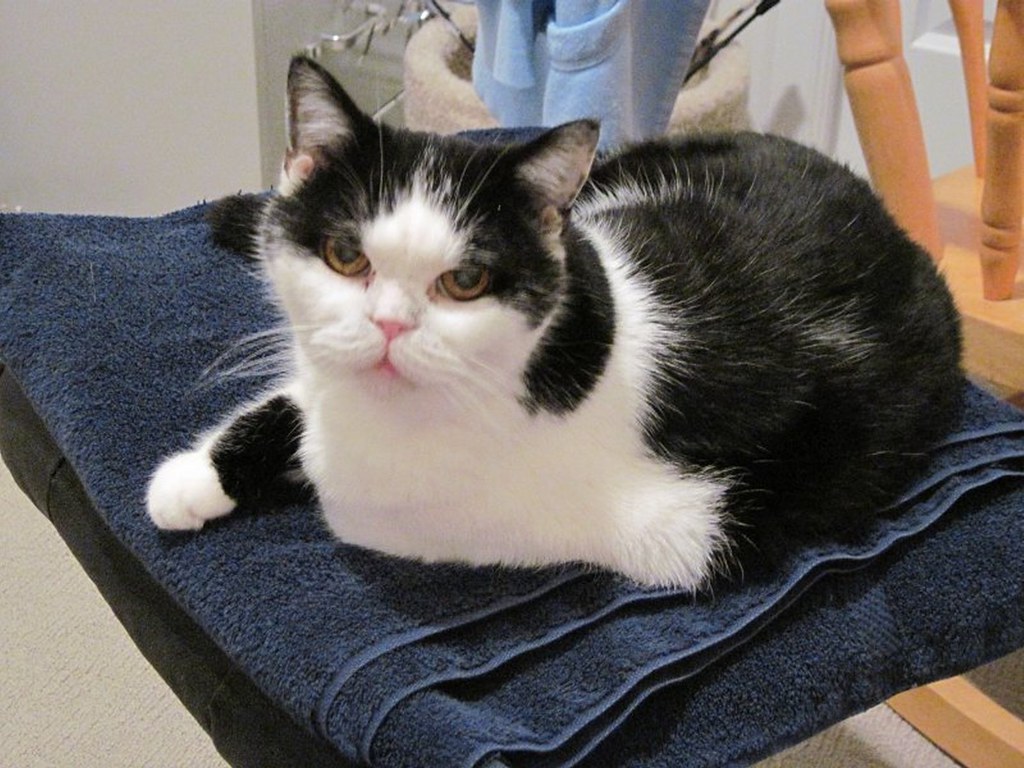
There is a myth that spaying or neutering a cat causes them to gain weight. This is simply not accurate. This misconception has caused unnecessary hesitation among cat owners for years.
While there is a slight decrease in metabolism due to the lack of hormones it is not the sole reason that a cat may gain weight afterward. Inactivity and excessive caloric intake cause weight gain. This can easily be managed by a proper diet and appropriate exercise. Lack of exercise and overfeeding will cause your pet to pack on the extra pounds – not spaying and neutering. Your pet will remain fit and trim as long as you continue to provide exercise and monitor their food intake.
Early Spaying and Neutering is Safe and Beneficial
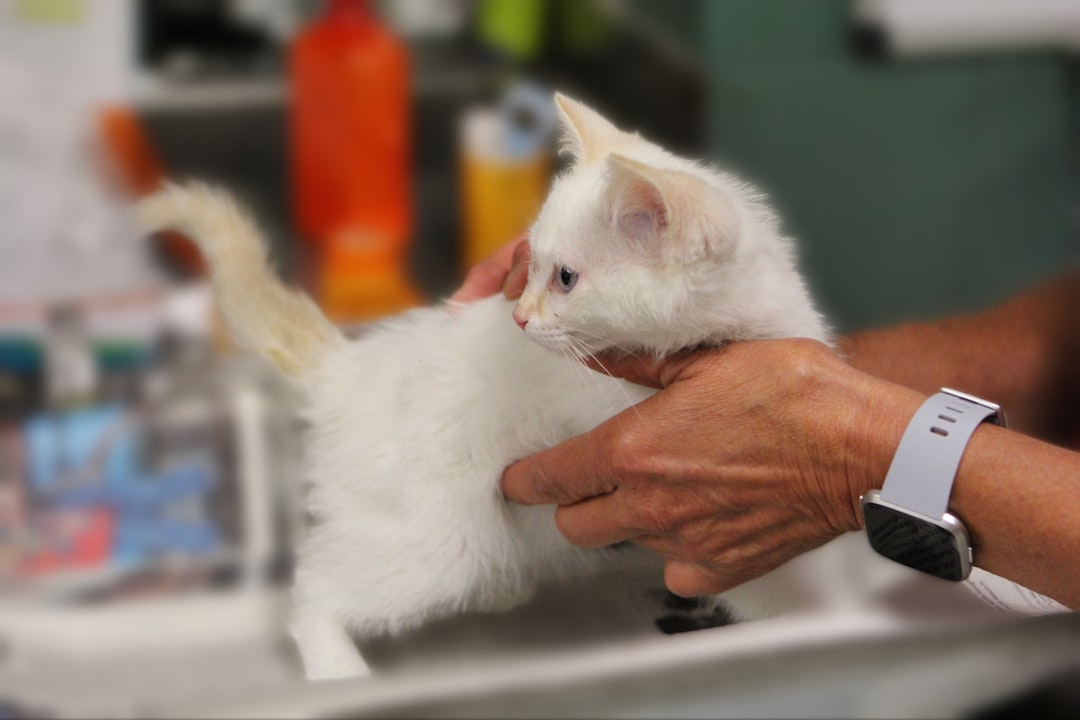
Many owners worry about timing, but research supports earlier intervention. Some research and veterinary guidelines suggest that an early-age or pediatric spaying and neutering procedure can be safe and beneficial when a kitten is as young as eight weeks old. Veterinarians overwhelmingly report that early spays and neuters are just as safe if not safer than surgeries that take place around 6 months of age.
The AVMA, American Association of Feline Practitioners, Association of Shelter Veterinarians, and several cat advocacy groups support spaying or neutering of cats by 5 months of age. This recommendation is based on the known benefits of sterilization, and the lack of evidence of harm related to the age when the procedure is performed.
What About Indoor-Only Cats?

Some owners believe indoor cats don’t need surgery. This reasoning falls apart quickly under scrutiny. Even if your cat lives indoors, spaying or neutering is still recommended. Furthermore, if your cat escapes and gets outside, the cat could become pregnant or get another cat pregnant; this contributes to the problem of cat overpopulation. Indoor cats who are not sterilized, also tend to try to escape more due to their instinctual mating drive.
Even indoor pets benefit from being spayed or neutered. Female cats can go into heat and exhibit unwanted behaviors like yowling and trying to escape, while male pets may mark territory or become aggressive. Spaying and neutering help prevent these behaviors and eliminate the risk of accidental litters should your pet ever escape outdoors. Additionally, indoor pets are still at risk for hormone-related health issues, such as mammary tumors or testicular cancer, which can be prevented through the procedure.
Disease Prevention Goes Beyond Reproduction

Fighting is one of the most common ways that cats contract two deadly diseases: Feline Immunodeficiency Virus (FIV or feline aids) and Feline Leukemia (FELV), both of which can be transmitted through bodily fluids such as blood and saliva. Intact cats fight more frequently and travel farther from home, increasing exposure risks.
Not only can spaying and neutering prevent cancers, it can also reduce the chance of your cat contracting feline leukemia and feline immunodeficiency virus via transmission from other cats. This is especially true in male cats. Neutered males are less likely to fight, so their chances of getting these feline communicable diseases via wounds and bites are greatly reduced.
The “One Litter” Myth is Medically Unfounded
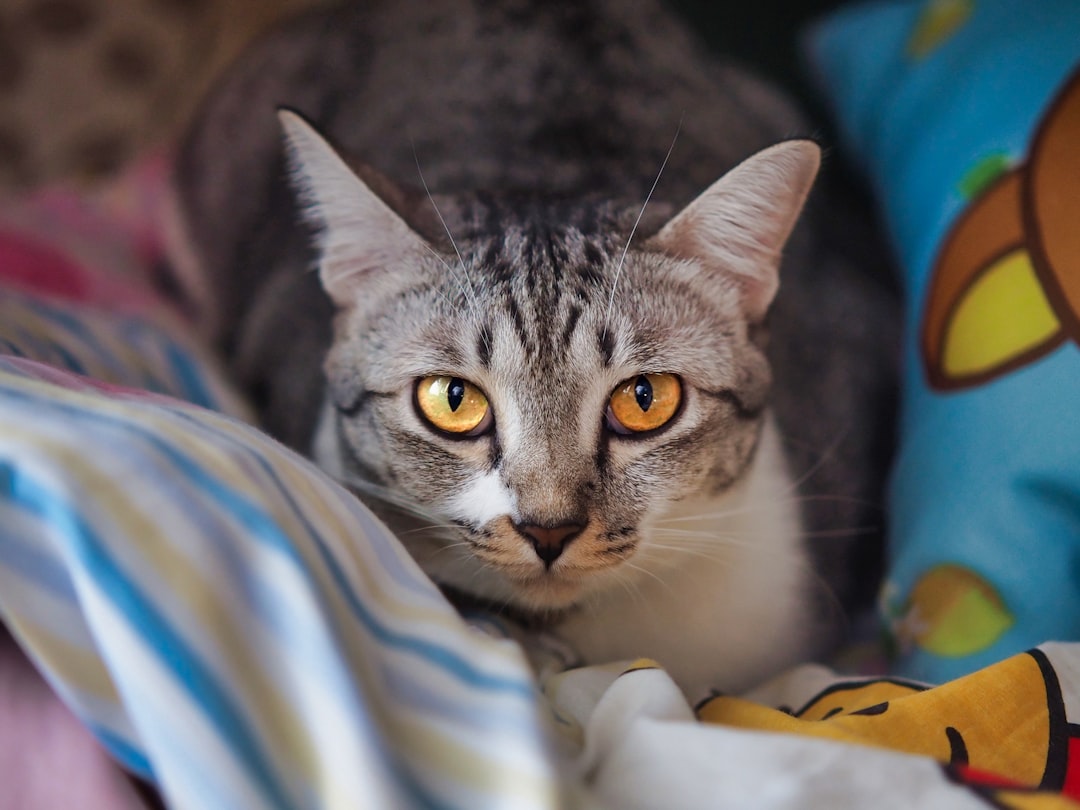
Misconception: It is healthy for a female cat to have a litter of kittens before she is spayed. Truth: There is no medically proven benefit to allowing females to have a litter of kittens. There are no medical or psychological benefits for female pets having “just one litter.” In fact, allowing a female pet to have even one litter increases her exposure to estrogen, significantly raising her risk for mammary tumors and uterine infections (pyometra).
This persistent belief continues harming cats nationwide. There are ZERO health benefits to letting your pet have a litter. The truth is, spaying your pet before her first heat cycle greatly reduces her risk of certain cancers and infections like pyometra which is deadly if left untreated.
Financial Reality Check
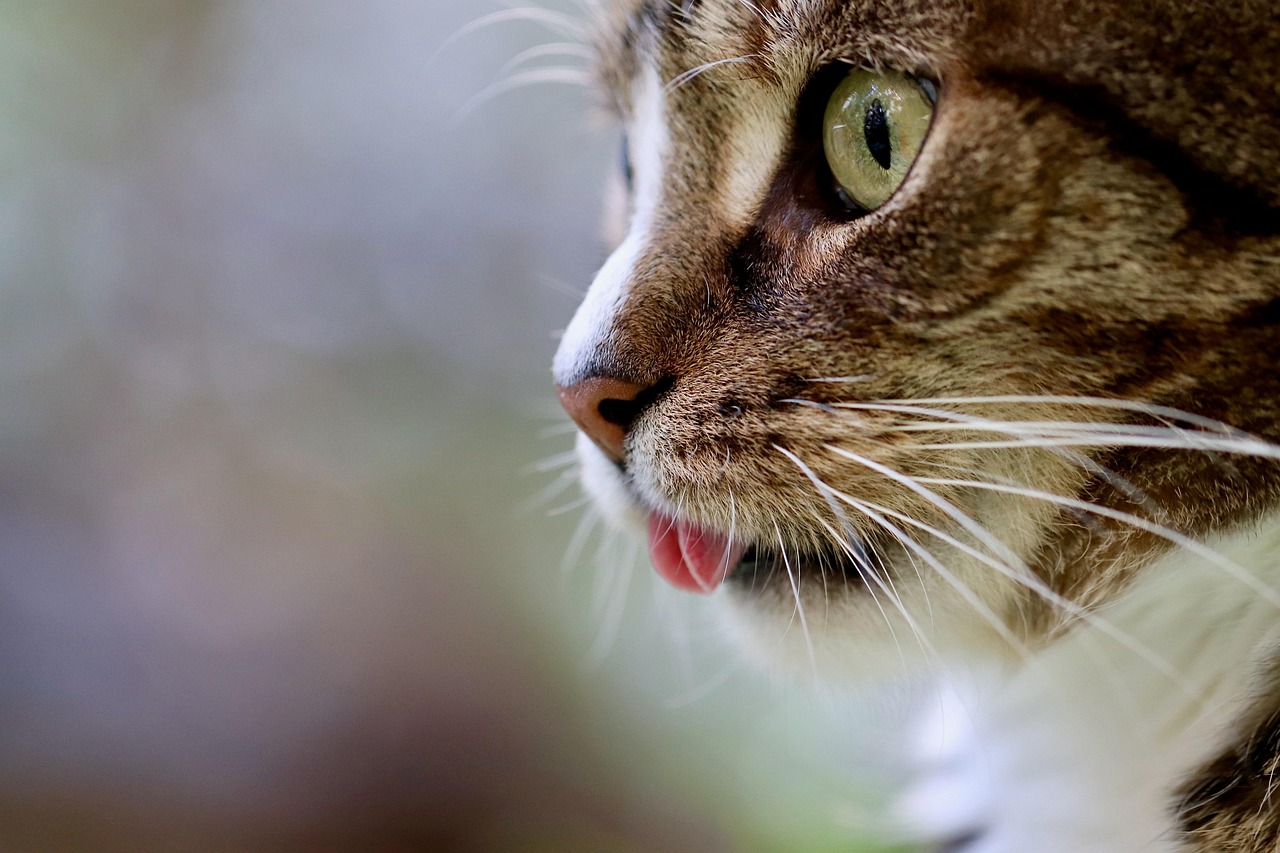
The cost of your pet’s spay/neuter surgery is far less than the cost of having and caring for a litter! The cost of spaying or neutering is far less than the cost of caring for a litter of puppies or kittens. Additionally, many organizations, like Capital Area Humane Society, offer high quality service for low cost or even free.
When it comes to cost, the cost of the spay/neuter surgery is considerably less compared to the cost of caring for an unexpected litter of puppies or kittens! Not only that, but spaying/neutering your pet can reduce the risks of certain types of cancers, such as cancers associated with the reproductive systems. Caring for a pet with a reproductive system cancer can easily become incredibly expensive compared to the cost of a routine spay/neuter surgery.
Safety Concerns Are Largely Overblown
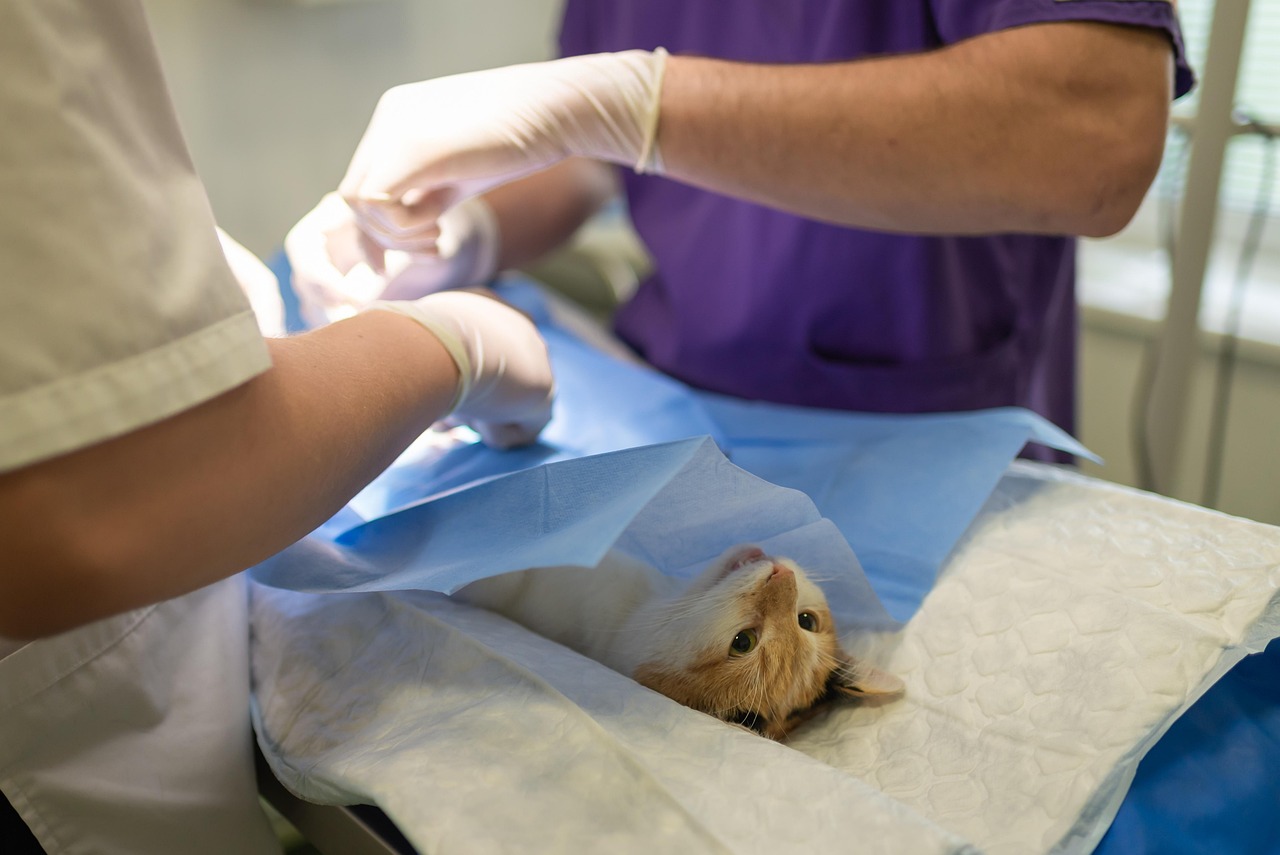
Like any surgical procedure, sterilization has some risks related to the procedures themselves and to the anesthesia. Even so, these risks are typically low. The risks of surgery and anaesthesia on young kittens are now considerably reduced by published information on improved techniques and drug protocols. Studies of early spay/neuter procedures in kittens show very low complication rates when performed by experienced veterinarians.
Surgical sterilization is performed under general anesthesia by a doctor of veterinary medicine. The procedure itself is not felt by the patient. There may be mild discomfort after the surgery, but most animals return to normal activity within 24 to 72 hours. The minimal discomfort experienced by dogs and cats that are spayed or neutered can be lessened with post-operative pain medications and is well worth the endless suffering that is prevented by eliminating homeless puppies and kittens.
Conclusion
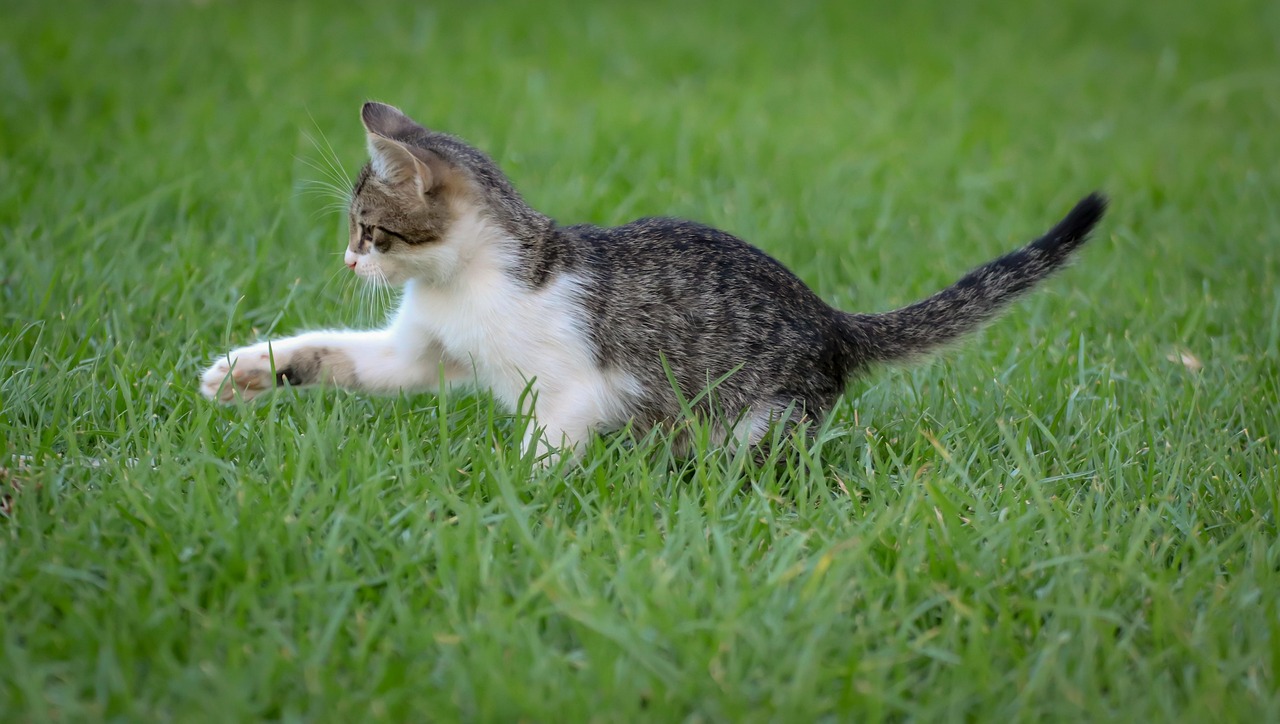
The evidence overwhelmingly supports spaying and neutering as necessary healthcare for cats. There are a lot of myths out there about spaying and neutering – but the truth is clear. These surgeries are safe, beneficial, and supported by decades of veterinary research. They don’t cause personality changes, obesity, or harm. What they do is reduce suffering, prevent disease, and improve quality of life.
Every cat deserves the protection these procedures provide. The question isn’t whether spaying and neutering is necessary – it’s why we’d choose to withhold such proven health benefits from our feline companions.
What do you think about it? Tell us in the comments.





